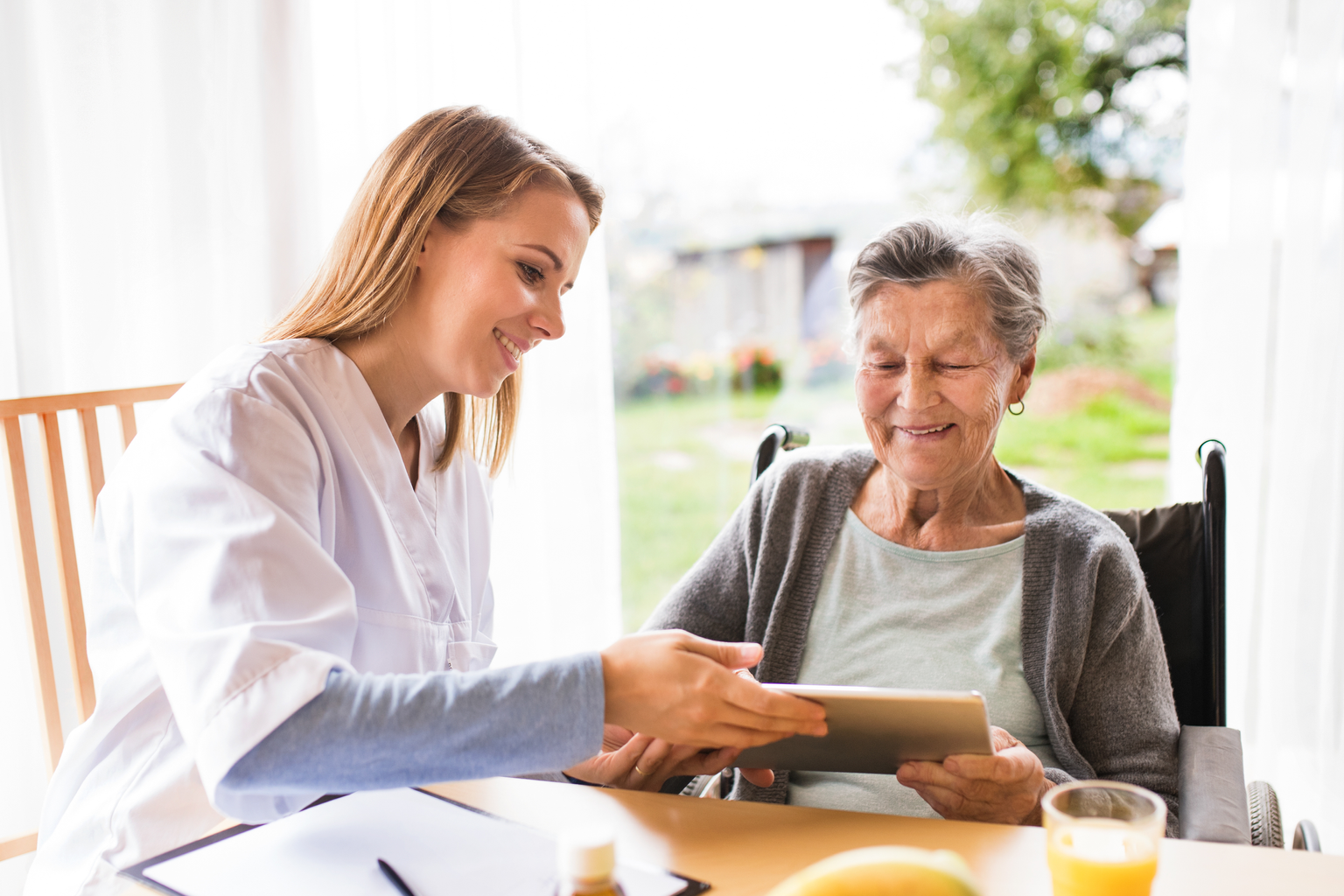By Amy Bucher, PhD
Amy Bucher is the Behavior Change Design Director at Mad*Pow in Boston
At least, we’d like to think that’s the case.
It turns out that the ability to effectively use technology and evaluate the quality of information online is not universal. Just as people vary in their ability to understand and follow health information, they also vary in their comfort with and ability to use digital technology to find that health information. To believe that the presence of health information online or in an app will help someone carries an implicit assumption that people are able to access it. But sometimes, “technology literacy” stands between people and appropriate, credible health information.
The control F phenomenon
The first issue with technology literacy is knowing how to use digital tools well. Unfortunately, this skill is lacking for many people. Here’s an example: According to Dan Russell’s research at Google1, only about 10% of computer users know they can use ctrl-F to search for content within a web page. This means 90% of users aren’t aware of the single most efficient way to find relevant content on lengthy or complicated pages—which brings up another issue, that poorly done design may require users to get creative in order to successfully use a digital resource. Someone who’s not technology literate is more likely to struggle with non-intuitive design. Combine a lack of tech knowledge with difficulty parsing health information, and you’ve got a person who’s no better educated than before.
Indiscriminate belief
A second issue is that people are poor judges of what is credible, high-quality information online. This problem extends beyond the political “fake news” phenomenon into health information. Sometimes the disreputable information comes in a glossy package: For example, junk wellness and nutrition science peddled by Gwyneth Paltrow’s Goop and Vani Hari’s Food Babe convince many readers—people who consider themselves savvy consumers—to buy products or try behaviors in the name of health that may in fact undermine it. (For expert critiques of Goop, see commentary by Dr. Jen Gunter, M.D.2; of Food Babe, Dr. Steven Novella, M.D.3) Then there are the many sites masquerading as news sources offering their takes on health science. Now add in the Facebook effect; for every badly researched health article, there may be hundreds or thousands of people sharing it to their network. For readers who don’t have the experience and training to evaluate source credibility, it’s very easy to be taken in by false information.
Who are the technology illiterate?
People often assume that older adults struggle the most with technology literacy, but in fact people of all ages are susceptible. The fact is that most of us are never formally taught technology mechanics like control-F, or rules of thumb to judge whether information online is credible.
Whether any individual suffers from technology illiteracy also may change depending on the situation. Research has found that people tend to be less critical of information online when there is a “social presence4” (like the one you encounter on social media platforms). This effect is compounded if we see social proof that an item is worthy, such as a “trending” hashtag or headline. Basically, we’re all a little more open to fake news if we encounter it through Facebook than Google.
What can we do about it?
The good news is, there is hope for the technology illiterate.
How specifically to address technology literacy deficits could be its own blog post, so I’ll keep it simple here and offer one solution each for individuals, health educators, and tech designers.
- For individuals: If you have health expertise and see friends online sharing dubious information, speak up and provide source material. This combination of rebuttal with credible source has been found persuasive5. And remember that aggressive disagreement can backfire, so keep your tone kind5.
- For health educators: Consider offering meta-education, helping people to evaluate the credibility of health information in addition to consuming it. A dual focus on health and technology literacy will help people actually access education that’s right for their level of understanding.
- For tech designers: As much as possible, involve actual people in your designs — patients, caregivers, or just regular folks who might one day need to find health information online. Through research and participatory design, you can get a better sense of what technology literacy deficits exist and design to avoid them.
It will take time and effort to combat technology illiteracy. But, if we’re able to do it, we may finally be able to take advantage of technology’s promise for health illiteracy.





